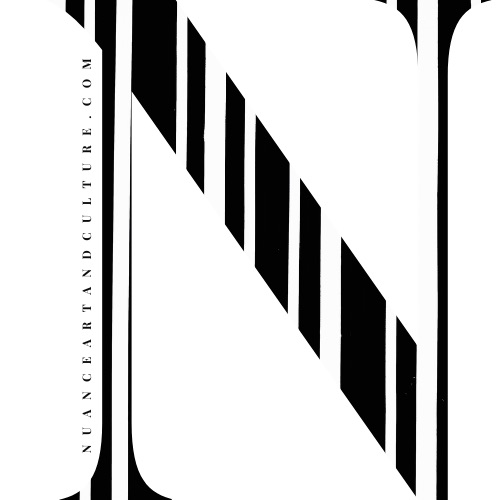The Chinese word for performance art is xingwei yishu 行为艺术 [behavior art]. Inexperienced translators from English into Chinese will sometimes use the term ‘biaoyan yishu 表演艺术’ [performance art]. The difference is enormous, and has to do with body consciousness, self-awareness, and resistance to biopower. What is the difference between behavior and performance? Where behavior is unconscious, autonomic, and smooth; performance is conscious, calculated, and striated. Older generations of Chinese performance artists teach their students ‘behavior art’ and eschew ‘performance art.’ These teachers of the Chinese form of performance art ask their students to remain embodied throughout their artworks, as a mode of resistance.
In watching Franzisca Siegrist perform Route of Roots at the Sichuan University Art Museum, I realised that ‘behavior art’ is not at all exclusively Chinese, but is also cultivated amongst European artists. In watching the artwork, I cleared my mind, holding it open as an aperture of consciousness, taking in the artwork’s spatial and temporal schemata. It wasn’t until four years later that I allow my mind to enclose upon a formulation of what I witnessed. The artist took command of a large white-cube space, on one side of which sat an audience of over a hundred Chinese students, teachers and artists attending the four day long 2017 Chengdu Up-On International Performance Art Festival. The artist appeared unassuming yet in command, with her slight body, four small boxes, one big box, a glass jar, black tape, one fern plant, soil, and a sticky plant. Over the course of the next twenty-five minutes, Siegrist mapped out the ‘route of roots,’ an esoteric cartography in which the human body suffers a similar fate with nature, herself; made to fit within unnatural boundaries, and to move along trajectories that do not resonate with the human spirit.
The bio-political nature of Siegrist’s work drew out tensions arising between power and bodies, as authority encodes social practises into human sensibility and behavior. The artist looked uncomfortable as she fit each of her five limbs, including her head, into wooden boxes, proceeded to move with difficulty along the floor. This discomfort resonated with the manipulation of plant material, placed within black tape squares on the floor and wall. In the end, when Siegrist poured soul out onto the surface of a box and made an imprint in the soil with her face; we see the impression of humanity left upon the soil. A very nuanced element of the artwork which I hadn’t been aware of at the time, but learned of in a recent interview with Siegrist; includes a small piece of ginger held in her mouth throughout the artwork. After placing her face into the soil, Siegrist then spits out the ginger and leaves the rhizome there, a reminder of proliferations of roots to come, as we discover strategies and tactics with which to resist biopower, remaining poised within the polis of of All-Self.
Dr. Sophia Kidd, March 3, 2021, Bellingham, Washington, USA


Recent Comments